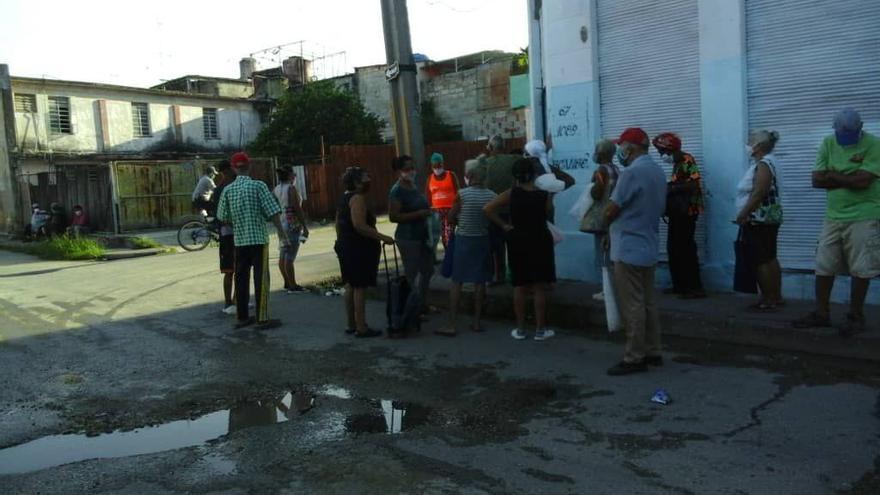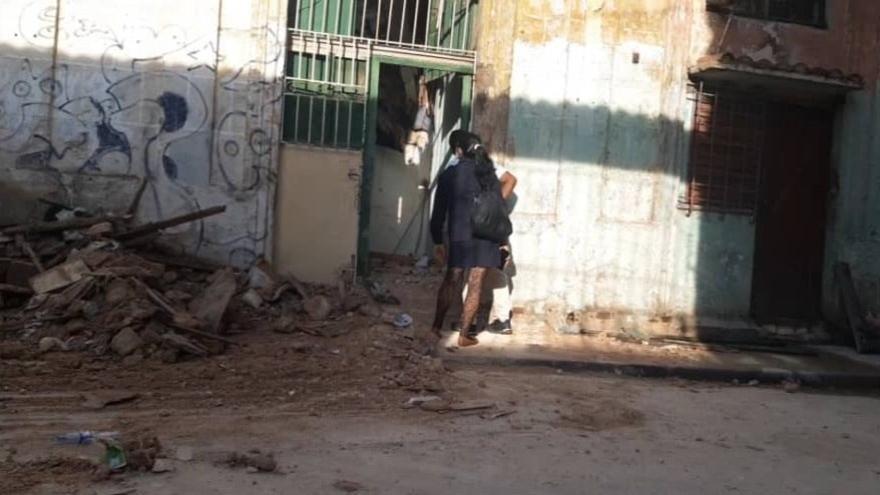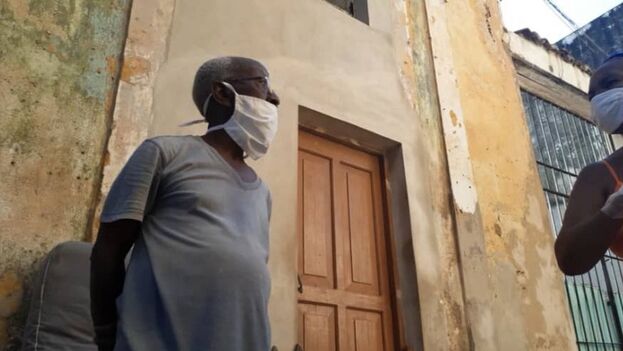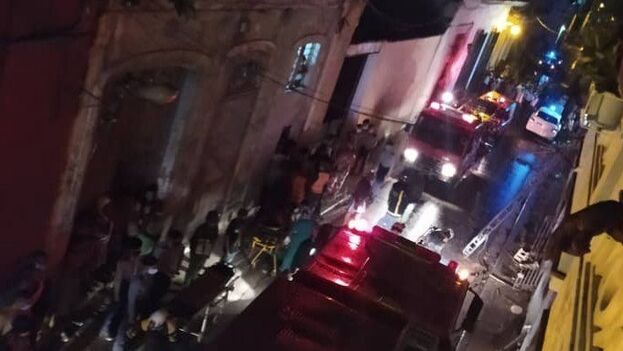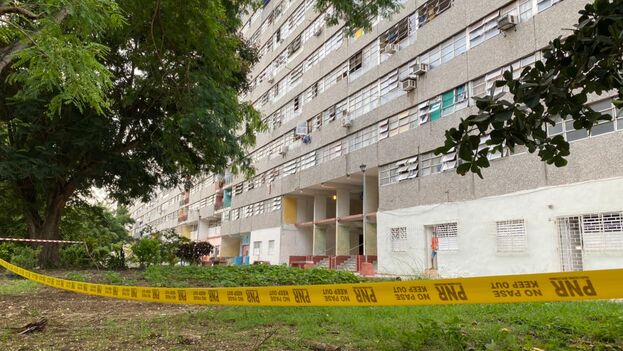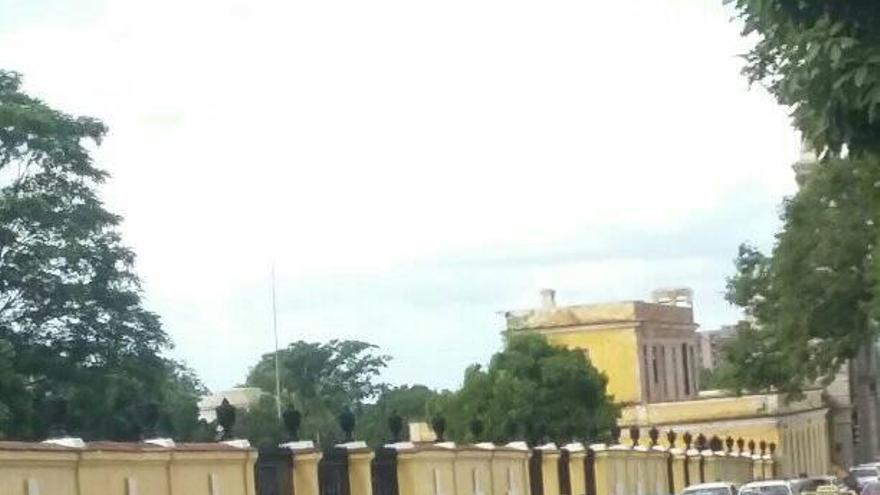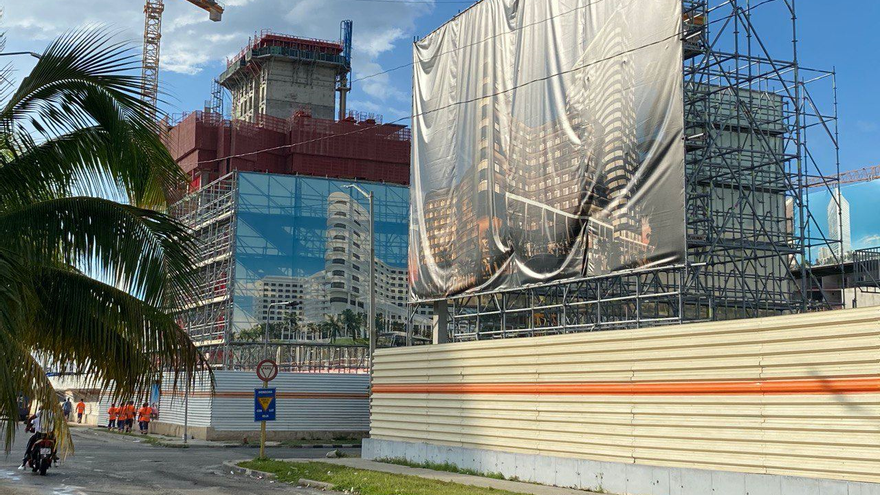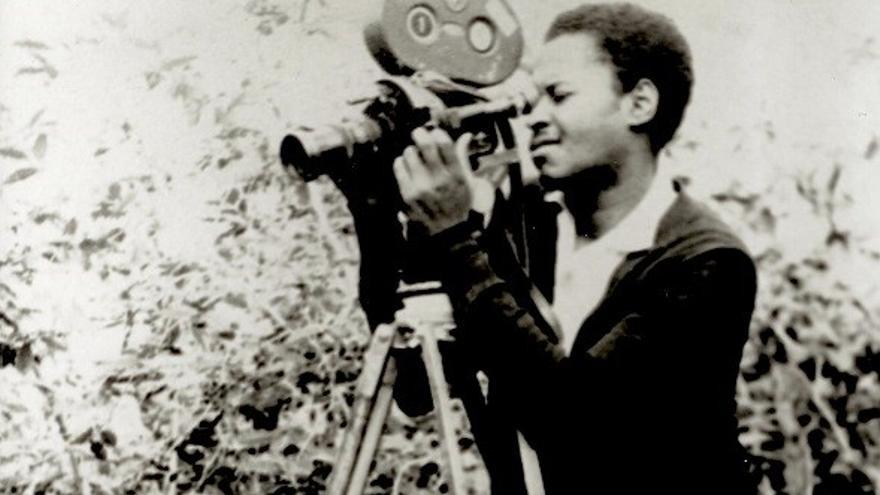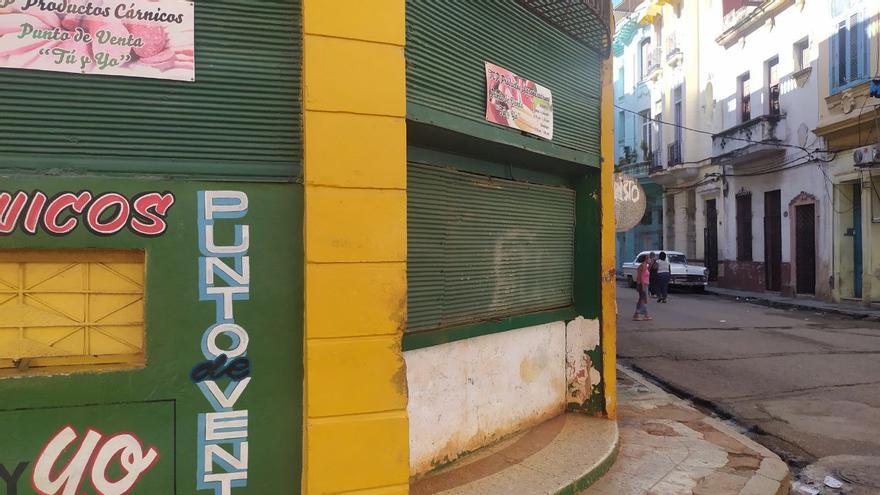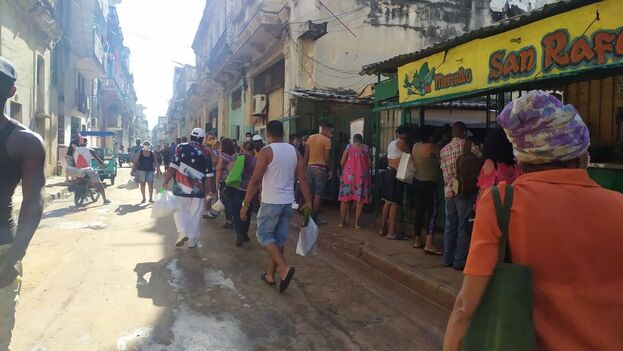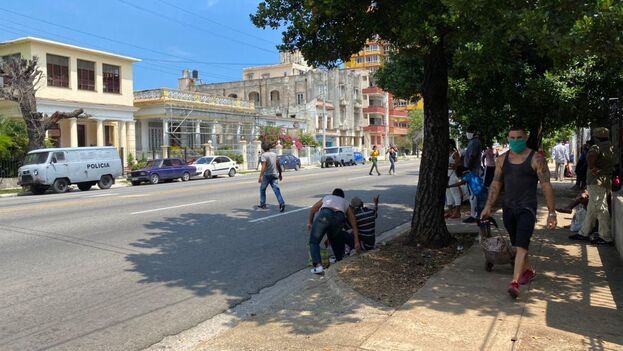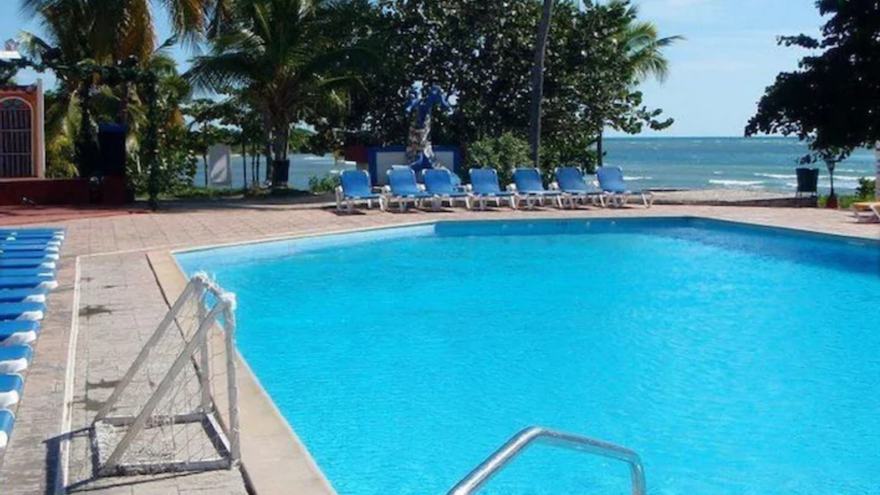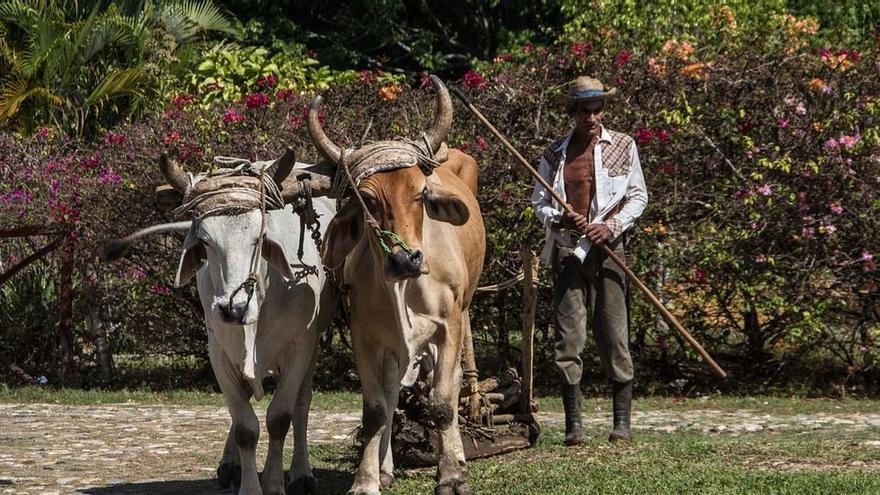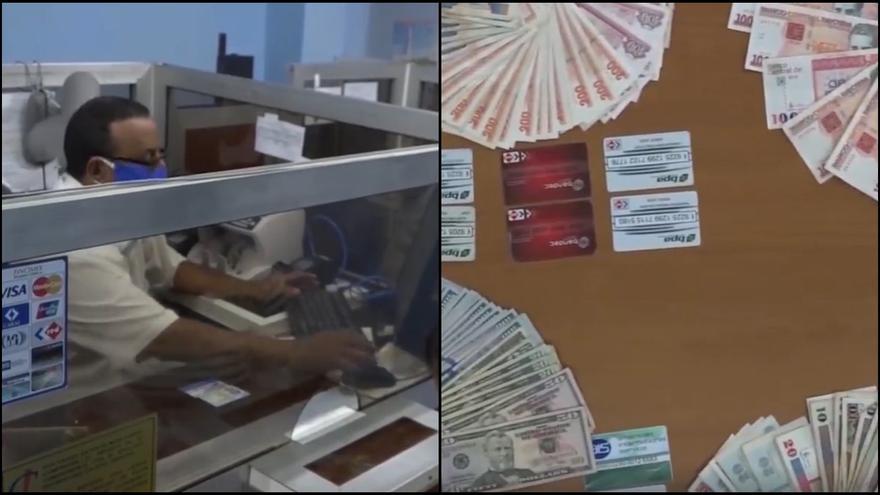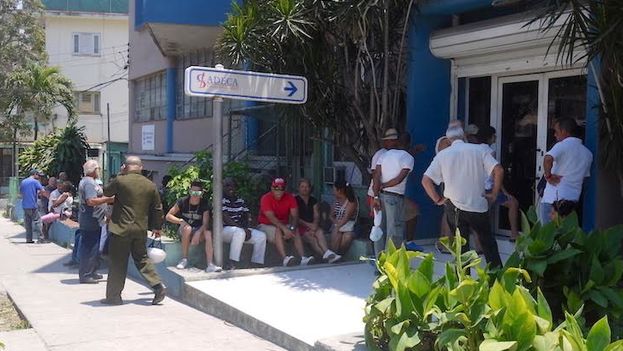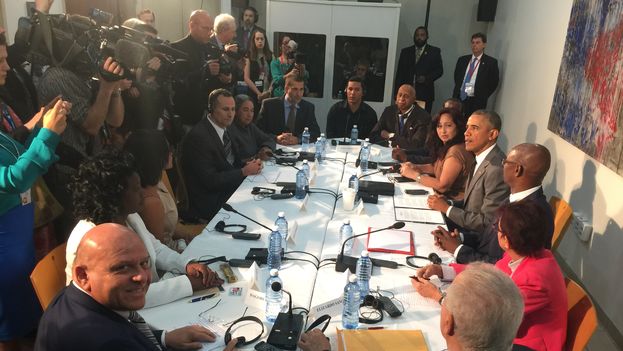My friend was surprised by everything. By the content of the article, By the photographs showing people lining up at bank offices and, in general, everything.
I finished by saying that this happened here in Spain 40 years ago. Today it is unthinkable. Office managers find it difficult to get people to come in person to do business. They do everything online, even the elderly. The world has changed a great deal. My friend, unintentionally, was referring to the latest bank merger announced in Spain, which will mean the layoff of thousands of employees and the closure of numerous bank branches, but there will be no lines. “You can be sure about that,” he affirmed forcefully. continue reading
The truth is that lines in Cuba at banks and currency exchanges – known as Cadecas – as presented in the article in CubaDebate, are a specific phenomenon of Cuba, basically the twisted roots of the Communist social economic system, and however much they insist that they do, the lines have little to do with the announcements of an eventual monetary unification. The lines have much more surprising motifs. In fact, the line has become something inherent in the Cuban way of life.
And I affirm it based on the fact that there is no need to fear a monetary unification in the short term, since the Central Bank of Cuba confirmed in a recent statement, while maintaining that at the time the decision is adopted public opinion would be duly informed through official channels. We’ll see if it’s true.
In any case, the unification of the currencies is now at the back of the drawer of the pending subjects, and in a complicated moment like the present one it does not seem to be a priority for the communist government. The owners of deposits in Cuban pesos (CUC) and Cuban convertible pesos (CUP) can sleep peacefully, because while they will end up losing part of their purchasing power against the dollar, unless they liquidated as soon as possible, in any case, the loss will not be great.
In addition, in reference to CubaDebate, the brand new governor of Havana, Garcia Zapata, looks bad. It appears that the measures being taken to deal with the epidemiological situation of the capital are not giving the desired results and flare-ups of the virus have soared, putting the population in danger and forcing new restrictions on people leaving their homes. It seems that measures and actions are being considered to minimize the concentration of customers in the bank and Cadecas branches. I don’t know if they will go ahead.
Discounting this “fear” effect among people using the banks and Cadecas to exchange currencies, the Cubadebate article is interesting because it analyzes the reasons for these crowds of people in Cuban banks. All of the reasons are inexplicable and absurd and the list is quite extensive.
In the first place, there are the people who wish to open an account in Freely Convertible Currency (MLC, for its Spanish initials). The new hard currency stores, uniquely stocked with supplies of “medium and high range” food, personal hygiene and cleaning products very hard to find elsewhere, can only be shopped in by people possessing electronic cards in MLC. Cuban pesos, CUC, or cash of any kind, are not accepted.
It is evident that the decision was planned by the communist government without taking into account the “chain” effect that a measure of this type would have on the population and the impact on the management capacity of the banks. Once again, the Cuban government errs in its plans. As usual.
Second, the lines were caused, at various bank branches, by people waiting to do operations at the ATM. Cubadebate observed that this situation occurred in several branches, also relatively close. This is another daily problem for Cubans who have opted to use banks and stop using cash they keep in a drawer in their room. It has been known for a long time that the number of ATMs that exists in the great capital of the Antilles is insufficient to meet a growing demand and so, of course, lines appear. Moreover, when in Cuba, you have to go to the ATM with certain frequency to withdraw money, which indicates a certain inflationary pressure on prices.
In fact, Cubadebate verified in its tour of several branches that ATMs “are not stocked with enough cash for all the people who want to access their services” and cite, for example, the “Bank at Manglar and Infanta, where more than 50 people were waiting in line to withdraw money from the ATM.”
This is unthinkable in any country. People, with their jobs and daily responsibilities, cannot waste time standing in line to get money. ATMs that work slowly or poorly, that do not allow you to withdraw money, that run out of money, are all common situations that even foreign tourists report when they use these services.
Thirdly, in most branches, there were also people lined up at the cashiers to carry out personal banking operations, including requesting and picking up the magnetic cards. But unlike the ATMs, apparently, “almost all savings banks were providing services, that is, operations in CUC and CUP, except for the branch of J and 23 where only two were working.” It is still significant that the human component of the bank branch is the one that works best, while the “technological advances” perform poorly.
Cubadebate confirmed that most of the customers in these lines wanted to open accounts in MLC, but they also verified that some people had been trying to carry out this simple procedure for a week without success, sometimes because of the lines, other times because of the requirements, most of them for the fear of Covid-19 infections.
The case of Cadecas was similar. Here the crowds of people were motivated by the desire to exchange currency. Cubadebate points out that when the report was made after the announcement by the Central Bank of the delay in the monetary unification, the tensions of the first days had decreased notably and the pressure on the lines was much less.
This situation, described clearly in the article, confirms that the banking sector of the Cuban economy, as defended many times by Diaz-Canel, faces many obstacles. The first, and undoubtedly most important, is the distrust that exists in broad sectors of Cuban society towards banks, owned by the state and acting as lines of information transmission to political power.
Second, the computerization of society, so-often announced by Diaz-Canel, is a problem in the banking sector because people prefer to use cash for transactions and hence almost 30% of the GDP of the economy is in cash, possibly the highest percentage in the world.
Electronic innovations are long overdue and the population mistrusts them. Procedures consolidated in practically all countries, such as opening bank accounts in MLC online, through the TRANSFERMÓVIL application, haven’t gotten off the ground in Cuba because they lack support of broad sectors of the population, who don’t have the computer resources for such operations and therefore prefer to go to bank branches to do their business.
My friend told me that if all these people who go to the branches could formalize some operation with the bank, something important would have been achieved. He was amazed to see the few financial services offered in Cuba by financial institutions.
____________
COLLABORATE WITH OUR WORK: The 14ymedio team is committed to practicing serious journalism that reflects Cuba’s reality in all its depth. Thank you for joining us on this long journey. We invite you to continue supporting us by becoming a member of 14ymedio now. Together we can continue transforming journalism in Cuba.
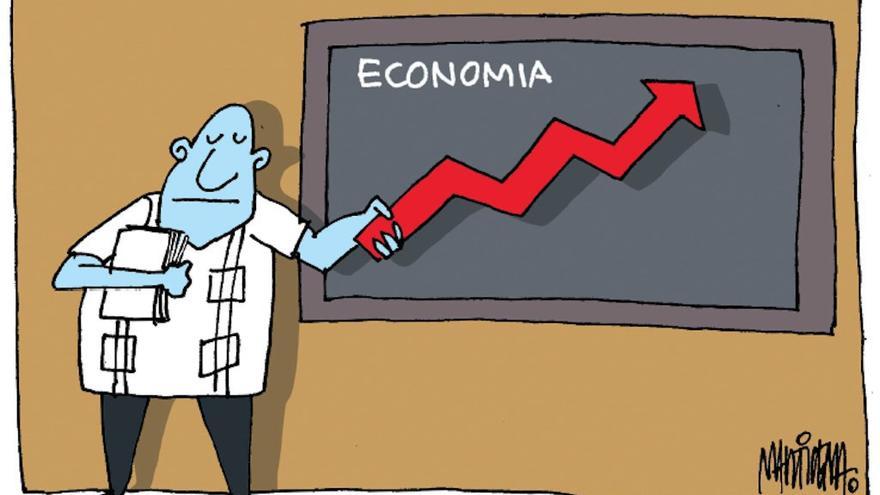
![]() 14ymedio, Reinaldo Escobar, Havana, 14 September 2020 — It takes time and consumes energy to analyze the special tabloid Cuba and its economic and social challenge, prepared by the Ministry of Economy and Planning, where the strategy is outlined “to boost the economy and face the global crisis caused by Covid- 19.” Reading the title is already boring.
14ymedio, Reinaldo Escobar, Havana, 14 September 2020 — It takes time and consumes energy to analyze the special tabloid Cuba and its economic and social challenge, prepared by the Ministry of Economy and Planning, where the strategy is outlined “to boost the economy and face the global crisis caused by Covid- 19.” Reading the title is already boring.

